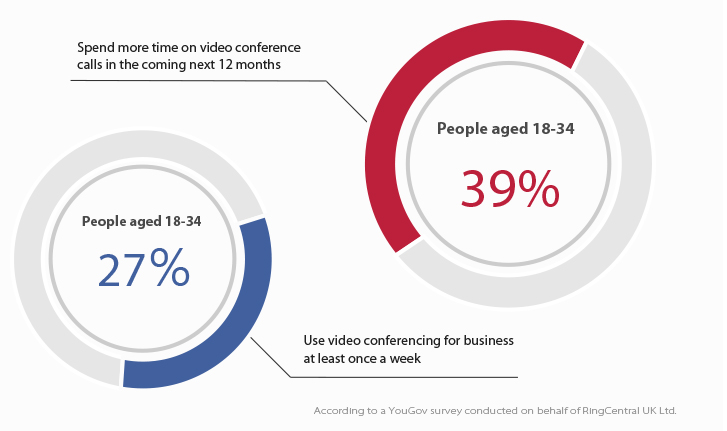To a lesser or greater extent we have all been there; sitting in a long form conference room surrounded by team members and some management types, a PowerPoint presentation on the screen and a remote co-worker calling in from across the globe.
After what feels like an eternity of listening, the PowerPoint finally comes to an end and that infamous final sentence is uttered “Any Questions?”, everyone glances to one another and then… Silence. “Good, then we are all in agreement” the meeting ends and everyone goes along their way.
Not much in the way of collaboration, is it?
Much of this is due to conference room design that lacks to develop meaningful collaboration environments. From the positioning of attendees to the common long table and bulky, IT department heavy conferencing equipment, the chance of a meaningful, innovative discussion occurring is sorely lacking. Luckily, revelations in meeting room design and advances in affordable huddle room IT tech have produced an answer to this massive communication problem with the creation of the huddle room concept.
So why should you care about the huddle room style meeting room? Here’s why.
First, What is a Huddle Room Exactly?
A huddle room crash course
- Huddle rooms have a very common layout; normally consisting of:
-

These are small 3-4 people meeting rooms and are normally secluded to allow for privacy in the common open floor planned office. Doesn’t seem like much a revolution, but there is something very special that they provide: a comfortable area for teams to meet, discuss, and come to common agreements without feeling like every eye in the office is in on the discussion and a non-policed schedule. But still why should you care about huddle rooms?
Building a More Satisfied Team
Overall, huddle rooms have been shown to improve the production of teams.

The meeting example we started this conversation with is the very pinnacle of a wasted meeting. Huddle rooms address the traditional problems associated with communication in conference rooms by providing greater privacy, a smaller group size, and closer team proximity. These help encourage teams, especially less senior members, to speak up and work together to share new ideas in a much more comfortable and connected environment.
With these unique features, huddle rooms have been shown to provide more satisfaction during meetings compared to traditional designs. As many people have pointed out; more satisfied employees become more productive employees because they are more willing to exert effort towards the company’s goals.
This meeting room design has become an integral part of employee communication satisfaction and is especially effective for a younger workforce, who demand more flexibility in their work and are more open to engaging with the latest technological and social trends.
Why Have A Conferencing System in a 4 Person Room?
Seems like a Waste.
No!!! When video conferencing is combined with a huddle room; these rooms become true powerhouses of collaboration for both in-house and remote employees. With the appearance of new and affordable specialized unified technology solutions it is possible for remote team members to stay connected, involved, and engaged with the rest of the team. Communications between remote and in-house team members have become even more important now because of a globalized workforce that needs the ability to easily connect and huddle rooms enabled with video conferencing tech are the answer that can successfully drive better results.
In fact, in the United States current demographic trends show that 44% of the American population is under the age of 34 and this means they are posed to make a big splash in the workforce marketplace in the next 5 to 10 years. Following these observations a recent YouGov survey conducted on behalf of RingCentral UK Ltd. found that 27% of respondents aged 18-34 use video conferencing for business at least once a week, while 39% of 18-34 year olds say they are likely to spend more time on video conferencing calls in the coming next 12 months.

These responses paint an interesting picture of how our business team collaboration will be shaped in the future. We not only expect that the upcoming millennial and younger generations will not just follow the current communication trends, but will want even more technology involved that helps them flexibly collaborate. If you are looking to satisfy what will become an ever bigger part of your employee segment, providing access to the technology and environments they want is a necessity for their and your future success.
Summing Up
It is important to keep in mind that a more satisfied workforce and better meeting communication lead to an increase in employee productivity. This can give you the competitive advantage you need to succeed.
Creating an environment that boosts these two important employee needs may be worth your time and effort to investigate investing in. Remember if your employees are excited, engaged, and happy they are much more likely to give it their all while at work.